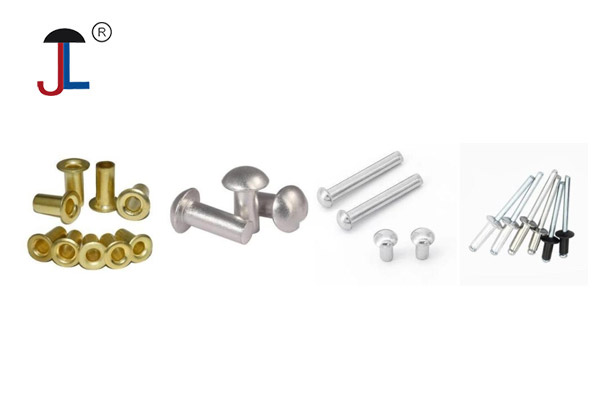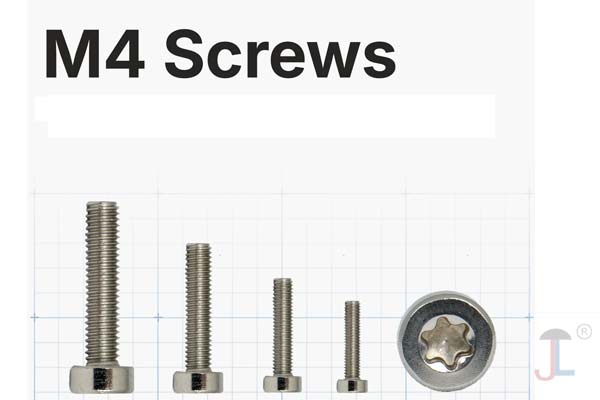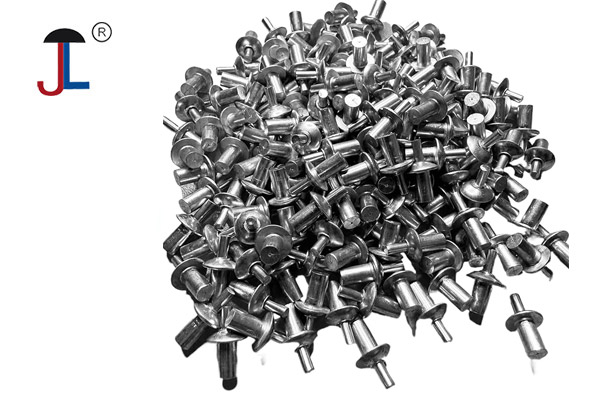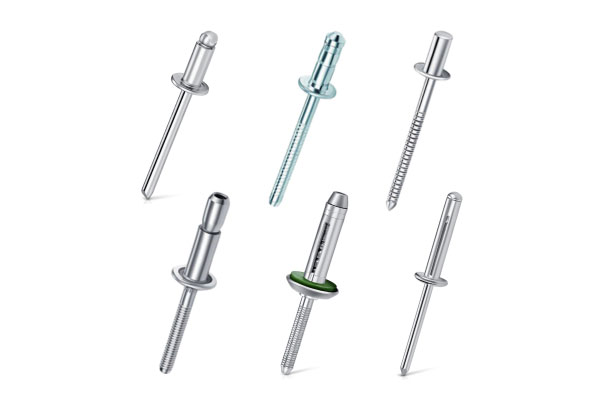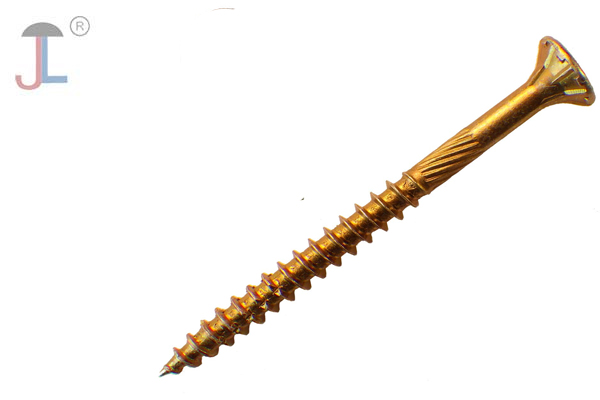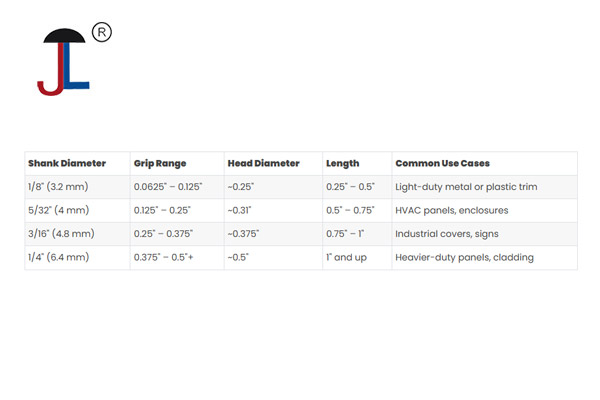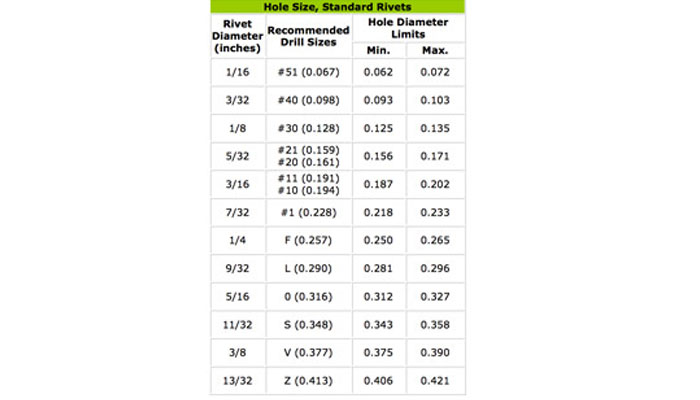-
Gather Tools and Materials
You will need:- Double cap rivets (select the right size, especially the post length)
- Hole punch or hole-making pliers
- Rivet setter tool and anvil (often concave-shaped)
- Hammer or mallet (rubber mallet recommended)
- A hard, flat, and sturdy work surface (like a granite slab or cutting block) to protect your workspace and provide solid backing for setting rivets
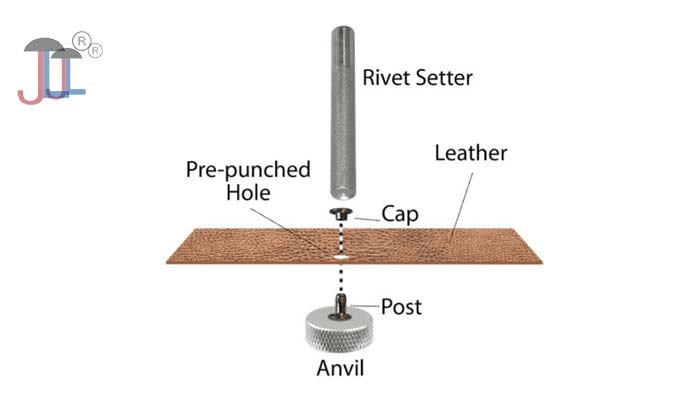
Choose the Correct Rivet Size
The post length of the rivet is critical. The post should be just slightly longer than the total thickness of the materials you are joining—ideally about 1/16 to 1/8 inch (1-2 mm) longer than the material thickness. Too long a post causes bent or wonky rivets because the post has nowhere to expand inside the cap properly.
Make the Hole
Use a hole punch or hole cutter to make a clean hole through the materials where you want to place the rivet. Place your material on the cutting block or hard surface, align the hole punch, and tap firmly with a hammer or mallet.
Assemble the Rivet
Insert the male side (the post) of the double cap rivet through the hole from the front side of your material. Then place the female cap on the post from the back side. The rivet caps should fit snugly but not too loose.
Set the Rivet
Place the rivet cap (female side) on the concave side of the anvil. Hold the male side with the rivet setter tool (which usually has a concave end to fit over the cap). Tap the setter gently but firmly with a mallet several times until you hear or feel a click indicating the rivet is securely set. Avoid hitting too hard, which can damage the rivet or material.
Check the Rivet
Ensure the rivet is firmly in place and both caps are flush and secure on either side of the material. The rivet should not wobble or move.
Additional Tips :
- Practice on scrap material to get a feel for the right hammer force. Gentle taps are better than heavy blows.
- Use a firm, non-bouncy surface to set rivets for best results, such as concrete or granite.
- If rivets keep bending, double-check the post length and material thickness compatibility. You may need shorter rivets or thicker material.
- Kits like the Sailrite Double Cap Rivet Setting Tool Kit include all necessary tools and are designed to make installation easier and more professional-looking

